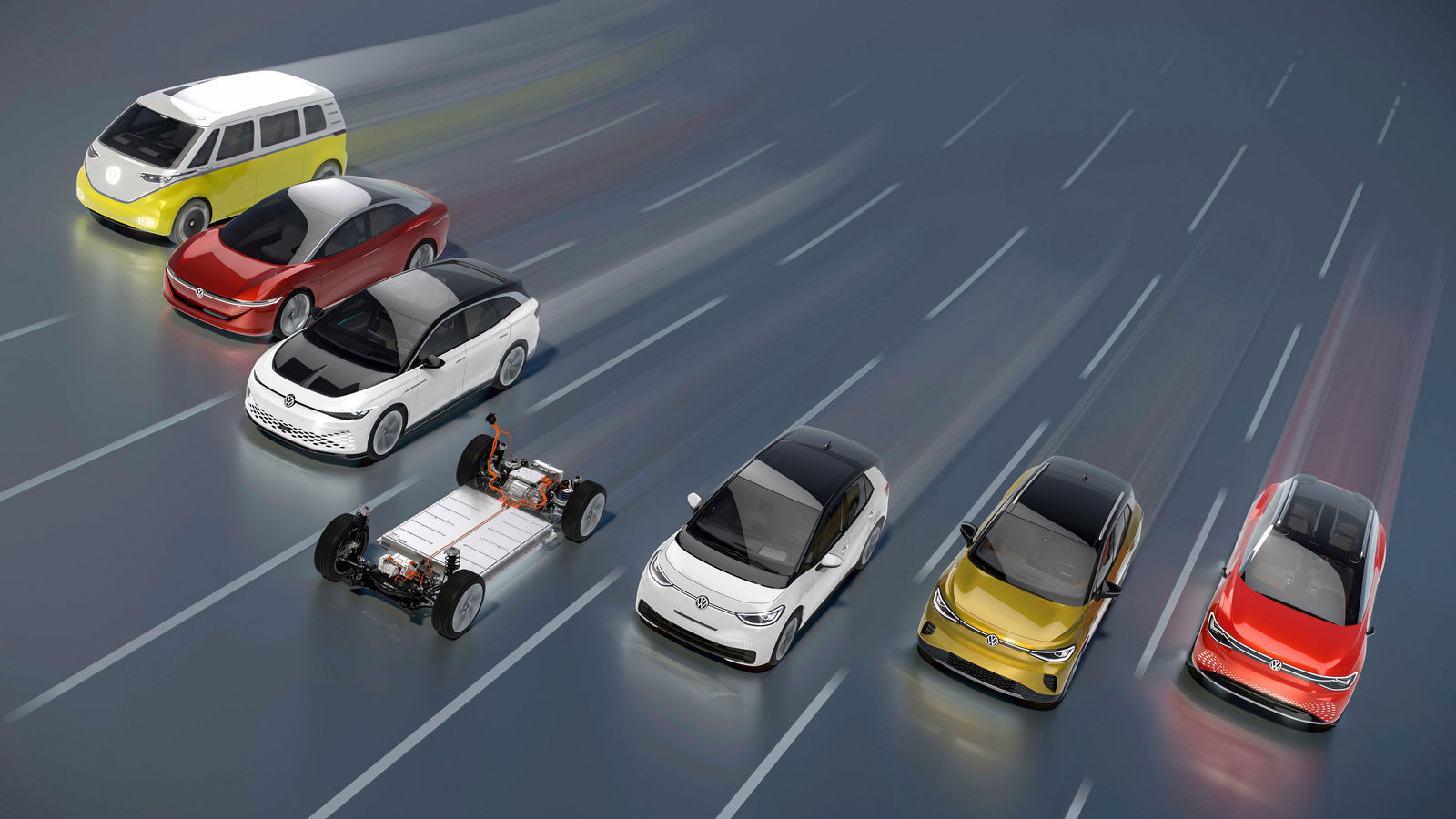Software development follows its own rules. Software is the key to the future for Volkswagen. Different rules apply to its development than to the development of automotive hardware. That is because software development is a closely linked and integrated chain of programming steps that must not be broken. Software that does not work disrupts an entire function chain. As a result, the vehicle would not drive at all in extreme cases. In software development, time and continuity are therefore infinitely valuable commodities.
Project house for software development. Against this background, Volkswagen has implemented software development in what is known as a project house. This was set up in advance of development of the MEB models and very latest MQB models. MEB stands for modular electric drive matrix and thus for the new ID. models. MQB is the acronym for modular transverse matrix, on which global bestsellers such as the Tiguan, Passat and latest generation of the Polo and Golf are based. The project house views vehicles and mobility services holistically, but specialises above all in developing the underlying software. Volkswagen is one of the first large volume manufacturers to combine the world of car manufacturers and the sphere of tech giants in the project house.
Clearly defined processes. The work of the project house specialists is based on processes that are fully synchronised with the special challenges of software development. These processes take into account the fact that the cars of today and tomorrow incorporate far more closely integrated functions than was previously the case. As a result, significantly more programmers work on these functions. Their interaction takes place in a completely different way in the project house to in classic vehicle development.
In the project house, the development steps and clearly defined, attainable goals in software development are first divided into middle-distance intervals (12-week rhythm) and then into multiple sprints. In 14-day sprint intervals, the teams compare whether and how the goals have been implemented. In a parallel process, every software version flows directly into a fleet of test vehicles to check what has been achieved. 14 days to reach the first goal, 14 days to reach the second goal; 14 days instead of what can be several months in classic hardware development.
This meant that the current ID. software for the ID. family based on the MEB was developed in record time. And the current software of the latest MQB models such as the current Golf and Golf Estate was also perfected in ever faster steps. Software development is an evolutionary process. Any bugs that are detected are therefore combatted by means of a fast update. Software bugs – which can never be fully excluded by any company in the world – are therefore remedied extremely quickly or eliminated with an updated software version in what is a steep learning curve. And Volkswagen has achieved this successfully with the newly implemented project house for software development.
Smart software for all models. With the ID.3, ID.4 and ID.4 GTX, Volkswagen has launched a completely new, all-electric product family on the market in less than one year. It will be offered in future in parallel to the highly efficient product lines with petrol, diesel, mild hybrid and plug-in hybrid drives – a range of drive systems with which Volkswagen covers all mobility scenarios of this decade. This was all made possible with smart software.
